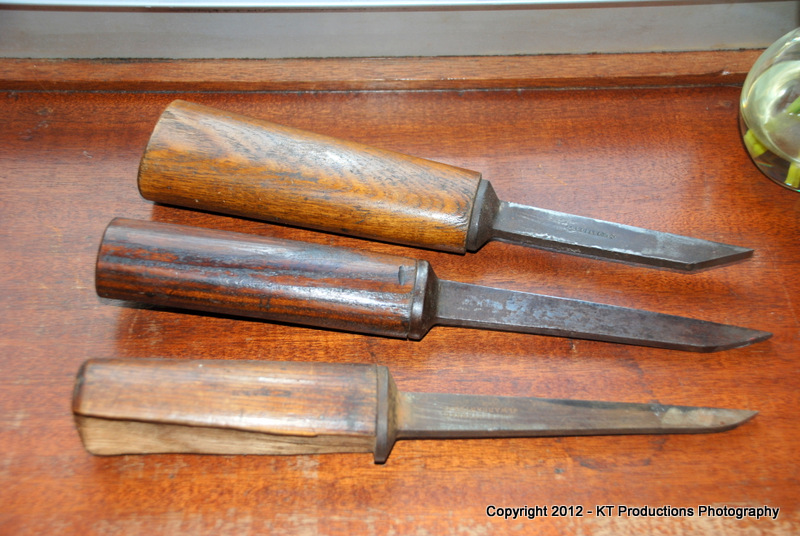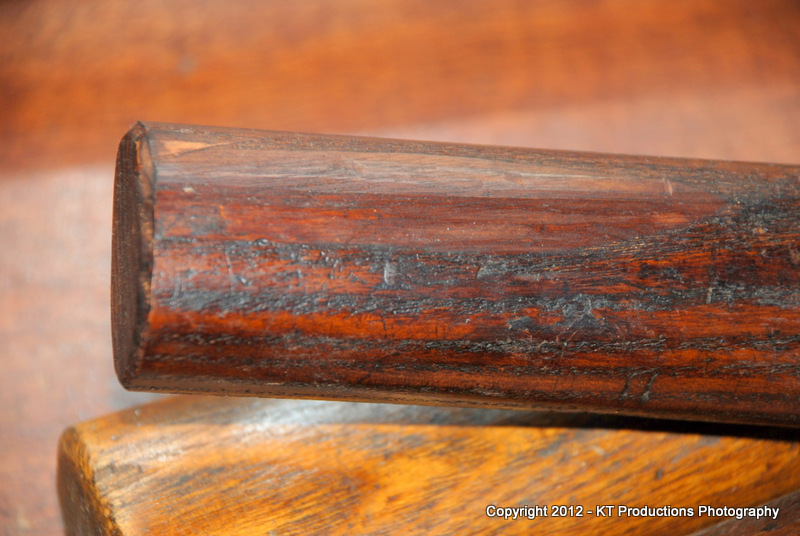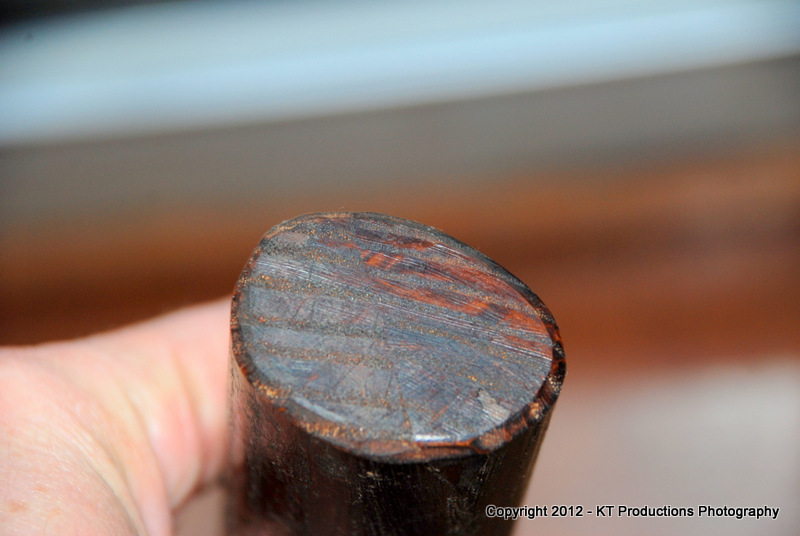matmac
Established Member
Like some good reliable info on putting new handles on old ward morticing chisels if possible? I bought some from a car boot and the handles need re-doing.
Thanks
Matt
Thanks
Matt

http://www.inthewoodshop.com/ToolRestor ... hisel.htmlmatmac":28k79tu8 said:Like some good reliable info on putting new handles on old ward morticing chisels if possible? I bought some from a car boot and the handles need re-doing.
Thanks
Matt











matmac":3622sg06 said:Cheers they look wicked. I wondered if i might be able to improve on it by putting a feral on the end, not traditional i no but wonder if it might increase the length of life.
Matt
matmac":1jahhj5g said:Cheers they look wicked. I wondered if i might be able to improve on it by putting a feral on the end, not traditional i no but wonder if it might increase the length of life.
Matt
jimi43":10r49b50 said:With large mortices the bulk of the stock should be drilled out and the mortice chisel firmly tapped to cut the ends and the corners.
Jim
marcros":2qm81yx0 said:jimi43":2qm81yx0 said:With large mortices the bulk of the stock should be drilled out and the mortice chisel firmly tapped to cut the ends and the corners.
Jim
I dont quite get the reasoning behind that Jimi, and it may be my inexperience. The bulk behind these pig stickers must me able to cut a large mortice without having to hog out most of it first, and the rectangular cross section designed to resist bending if the chip is levered out. The geometry of these things drives the chip into the space left by the chisel in its last position. Or is the reasoning for your statement in the aims of expediency, better quality end result or something other than because the chisel wouldn't take it? I would be less inclined to just "go for it" on the more modern type of mortice chisel, and instead would more likely do it as you describe.
The correct use of a twybil is highly specialized, that of rapidly clearing out mortises. Mortises are rectangular holes used to take a tenon for several forms of joint, most obviously the common mortise and tenon joint. Mortises are always cut so that their long axis is along the grain of the wood. Traditionally these were first cut by drilling with a brace and bit to mark out each end, then the twybil used to break out the wood between them. The axe edge is used to split the intervening timber away from the sides of the mortise, then the other end to lever out the split block.[2] Their short handle allows them to be easily flipped end-for-end, making for quick working as each blade is used alternately. This is quicker to use than swapping between a chisel and a separate lever, safer than using a carefully sharpened chisel edge for levering.
The mortise chisel, even in its heavyweight "pigsticker" form, is used differently to a twybill, although the two may be used together. The twybill cuts the sides of mortices, along the grain. Its action is a splitting and prying one, so only requires a handle for leverage and is never struck. Mortise chisels are used for heavy chopping across the grain, are nearly always struck, and are used to square up the ends of square-ended mortises. Both tools are used for levering out chunks when first clearing out a mortise and so have similarly shaped bevels, often with a curved bevel surface for a better fulcrum action.
Absolutely.jimi43":75bi2zzk said:.......... a curved bevel surface for a better fulcrum action.........
...rounded bevels...Jacob!!!?
Jim
I wasn't at all impressed by the videos. No "technique" at all and quite wrong IMHO. Some deceptively soft wood!jimi43":wh3506hm said:....
Watching the video....(thanks Pete)....the angled slicing across the grain is shown and the small progression across the cavity is also shown...listen to the taps...no hefty bashes there and certainly nothing to cause the handle to split.
....
Jim
woodbutcher2":2qhkny1h said:Afternoon all.
Educate me please,what is a twybil

Enter your email address to join: